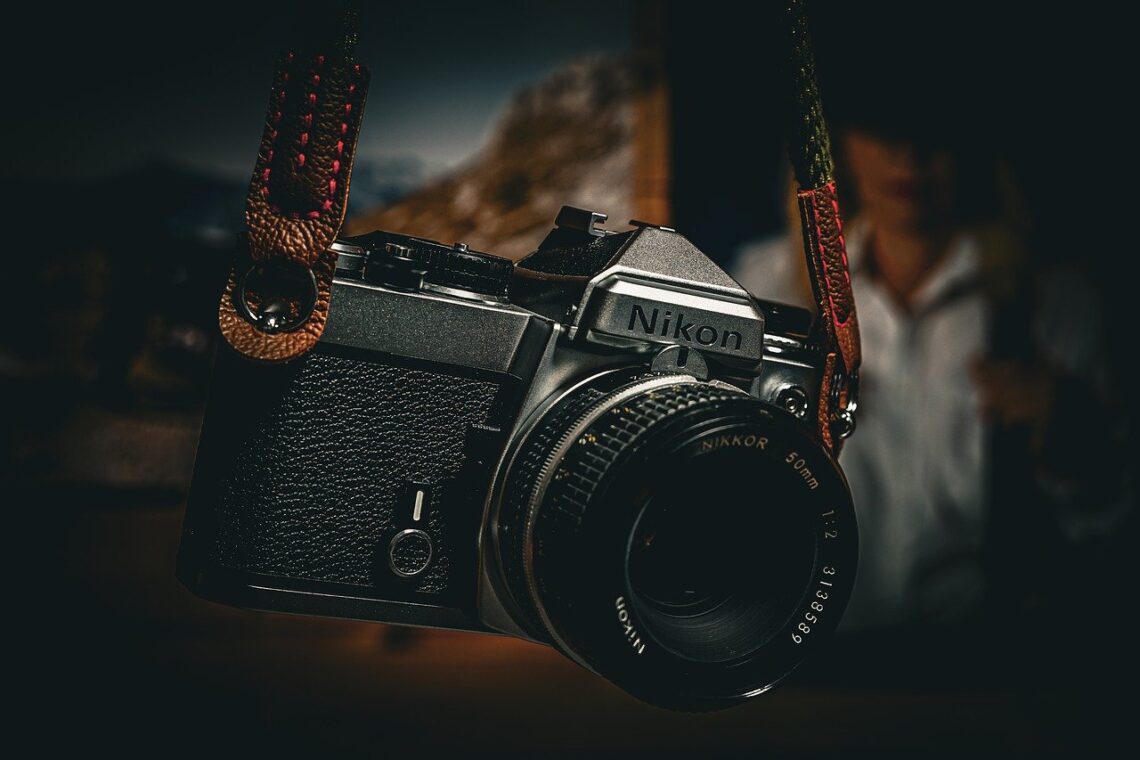In photography, every image captures a moment, evoking emotion and telling a unique story. The impact of visual effects can elevate a simple photograph into something extraordinary. One such effect, lens flare, has transitioned from a flaw to a tool for creativity. Photeeq Lens Flare has become a popular and powerful tool for photographers and digital artists, allowing them to enhance their images with stunning light effects.
Lens flare occurs when light reflects or scatters within the lens, creating visual artifacts. While often considered a distraction in traditional photography, lens flare has found a place in modern artistry. This article explores the concept of this tool its scientific background, and how digital manipulation has revolutionized its use.
What is Photeeq Lens Flare?
Photeeq Lens Flare is a digital tool that mimics the natural lens flare that occurs when light interacts with the lens elements in a camera. The Photeeq brand is known for offering high-quality filters and tools for enhancing photography, and the Photeeq Lens Flare effect is no exception. This tool allows photographers to simulate lens flare effects during post-production, giving them full control over how the flare looks in their images.
In traditional photography, lens flare happens when light enters the lens at a specific angle, interacting with the lens elements to create visual artifacts. These artifacts can include spots, streaks, and halos of light. This tool allows users to recreate these effects digitally, even in situations where no natural light source exists in the original shot.
The Science Behind Lens Flare
Understanding the science behind lens flare helps in appreciating its effect. Lens flare occurs when light interacts with the internal components of a camera lens, such as its glass elements and coatings. The light bounces around inside the lens, causing reflections and scattering. This results in the creation of various visual artifacts.
Several factors determine the appearance of lens flare:
- Light Source: The intensity and direction of the light play a significant role in producing flare. A bright light source, like the sun, will cause more noticeable flare compared to dimmer light.
- Lens Construction: A lens with more glass elements will likely produce stronger lens flare. High-quality lenses with fewer elements typically produce cleaner images with less flare.
- Aperture: The aperture controls how much light enters the camera. A wider aperture (lower f-stop) usually creates more prominent lens flare, while smaller apertures produce more subtle effects.
- Angle of Light: The angle at which light enters the lens impacts the appearance of the flare. Direct light can produce sharper, more defined streaks, while diffused light creates softer flare effects.
With Photeeq Lens Flare, photographers can manipulate these factors digitally, creating realistic lens flare effects with precision.
Creative Uses of Photeeq Lens Flare
While lens flare was once considered a flaw, it has now become a desirable effect for many photographers and digital artists. When used creatively, lens flare can add emotion, depth, and visual interest to an image.
Here are some ways to creatively use Photeeq Lens Flare:
1. Enhancing Mood and Emotion
Lens flare can evoke specific moods, such as warmth or mystery. A glowing flare from the sun can add warmth to a landscape, while a cool, diffused flare might contribute to a more somber or atmospheric scene. By using this tool, photographers can amplify the emotional impact of their images. For example, adding a subtle flare to a portrait shot during golden hour can create a romantic, dreamy atmosphere.
2. Creating Depth and Dimension
Lens flare can also add depth to an image. When used correctly, it can help separate the subject from the background, giving the image a three-dimensional feel. Photeeq Lens Flare allows for precise placement of flare, letting photographers experiment with different intensities and positions. This ability to control the flare creates layers of light within the image, enhancing the sense of depth.
3. Achieving a Cinematic Look
Many films use lens flare as a stylistic choice to give scenes a dramatic or cinematic quality. Directors like J.J. Abrams are known for incorporating lens flare in their movies. This effect has since become a trademark of modern cinema. Using Photeeq Lens Flare, photographers can achieve a similar cinematic look in their images. A subtle lens flare can turn an ordinary street scene or portrait into something resembling a high-budget film still.
4. Complementing Lighting and Colors
Lens flare can introduce new colors into an image. Depending on the light source and flare direction, flares can take on warm or cool hues. For example, a sunset might create a golden flare, while artificial lights might produce blue or green tones. Photeeq Lens Flare gives photographers control over the color of the flare, allowing them to match it with the mood of the image. This helps create a more cohesive and visually pleasing composition.
Tips for Using Photeeq Lens Flare Effectively
While Photeeq Lens Flare is a powerful tool, it’s essential to use it carefully to avoid overwhelming the image. Too much flare can distract from the subject and make the photograph feel cluttered. Here are some tips to ensure that lens flare enhances rather than detracts from your image:
1. Experiment with Intensity
Lens flare should complement the natural light in the image, not overpower it. When using Photeeq Lens Flare, start with a subtle effect and gradually increase the intensity. This will allow you to find the right balance and ensure the flare doesn’t dominate the composition.
2. Consider the Placement
The placement of the flare is crucial. If placed too centrally, it may steal focus from the main subject. Instead, position the flare at the edges or corners of the image for a more balanced effect. This can help frame the subject without distracting from it.
3. Use Layers in Editing Software
When working with lens flare, it’s helpful to use layers in photo editing software like Photoshop. This way, you can adjust the flare’s intensity, position, and blending mode without affecting the rest of the image. You can experiment with different layer effects like “soft light” or “overlay” to integrate the flare naturally into the scene.
4. Match the Mood and Lighting
The flare should match the lighting and mood of the image. For instance, a bright, golden flare might be appropriate for a sunset, while a cooler blue flare might suit a nighttime cityscape. By adjusting the flare’s color and intensity, you can ensure it complements the scene’s lighting.
The Future of Photeeq Lens Flare and Photography
As photography continues to evolve, tools like Photeeq Lens Flare will remain essential for digital artists and photographers. The ability to manipulate light effects digitally has opened up new creative possibilities. Artists no longer have to rely on specific lighting conditions or physical flare sources to achieve the perfect shot.
With the ongoing advancements in digital tools, it’s likely that Photeeq Lens Flare and similar effects will continue to grow in sophistication. As artificial intelligence and machine learning technologies improve, we may see even more dynamic and responsive lens flare effects in the future. For now, Photeeq Lens Flare offers photographers the flexibility and control they need to create stunning images that are full of light, depth, and emotion.
Conclusion
Photeeq Lens Flare has become an invaluable tool for photographers and digital artists looking to add a creative and cinematic touch to their work. By replicating the natural phenomenon of lens flare, Photeeq allows users to experiment with light in ways that were once difficult or impossible. Whether you’re enhancing the mood of a portrait, creating depth in a landscape, or aiming for a cinematic look, Photeeq Lens Flare offers a wealth of possibilities.
When used thoughtfully, lens flare can transform an image from ordinary to extraordinary. The key is finding the right balance and allowing the flare to complement the existing elements of the photograph. As digital photography continues to evolve, tools like Photeeq Lens Flare will remain essential for unlocking new creative potential and pushing the boundaries of visual storytelling.





